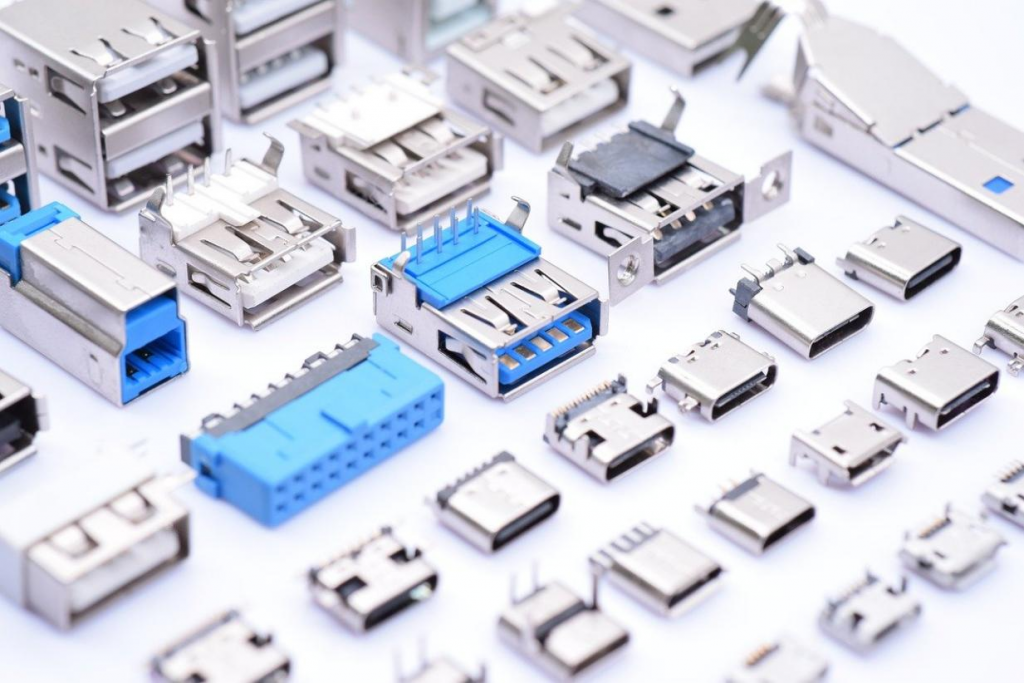Connector is the electronic terminal to realize the signal transmission and exchange of the basic components of the unit, a basic connector includes four parts: contact interface, contact coating, contact elastic components and connector plastic body, its role is to realize the wires, cables, printed circuit boards and electronic components between the connection and separation, and thus the transmission of signals, exchange of information. Different frequencies, powers and application environments will require different forms of connectors. Before deciding which connector to use, the designer should consider the mechanical electrical and environmental characteristics of the connector. If the designer is not familiar with the connector in the design of the project, it will have a very significant impact on the reliability of the project.
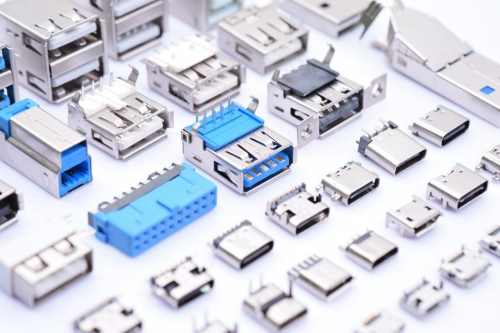
I. Classification of connectors
Connectors are categorized by connection method:
Wire-to-Wire (WTW) connector: Such as S-ATA data cable, flat cable, FDD/HDD/Ultra ATA 66/100, power cable, USB, 1394 data cable.
Wire-to-Board (WTB) connector: Such as I/O D Sub/USB/Mini Din/Mod.Jace/Audio jack/1394/P2*2; data, power connector: ATX/BTX/POWER.
Board-to-Board (BTB) connector: Such as memory: DDR; expansion slot: PCB/PCI Exp.
Classification of Connectors by Application
- Backplane connector
- Audio/video connector
- Connector for the automotive industry
- Board-to-board (BTB) connectors
- Card edge connectors
- Circular connectors
- D-sub connectors, D-sub miniature connectors
- FFC/FPC connectors
- Fiber optic connectors
- Header and wire housing
- IC and component socket
- Memory connectors
- Modular/Ethernet connectors
- Photovoltaic/Solar connectors
- Power connectors
- RF coaxial connectors
- Terminal block
- Terminal
- USB connectors
II. Introduction of various types of connectors
- Backplane connector:
Connects daughter card to backplane in a 90° vertical structure. Can transmit high-speed differential signals or single-ended signals, high currents. Basic classification: DIN41621 connector; HardMetric Connector.
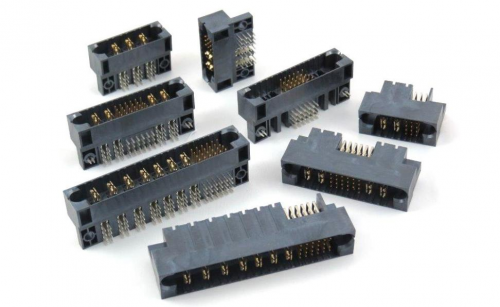
- Audio/video connector:
Connectors for audio/video. Transmits video and audio signals. Basic classification: HDMI; DVI; D-USB; RCA; SCART; S-terminal; SPDIF; DisplayportLVDS; Phonejack.
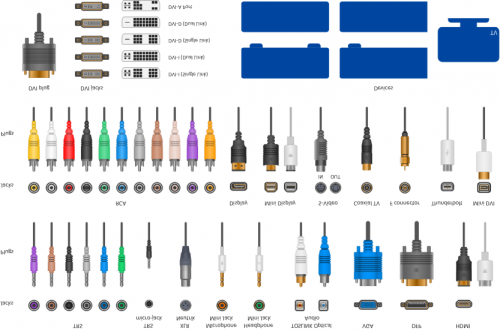
Automotive connectors must comply with the USCAR-20 standard, which serves as a performance standard for automotive electrical connector systems and requires that the contact surfaces of electrical connectors remain reliable throughout the life cycle of the automotive connector.
According to the installation location is divided into: body system, chassis system, instrument panel, engine, security system
According to the electrical performance can be further divided into: electronic control unit (ECU), lighting circuits, temperature sensing, central electrical system, air conditioning, recreation and so on.
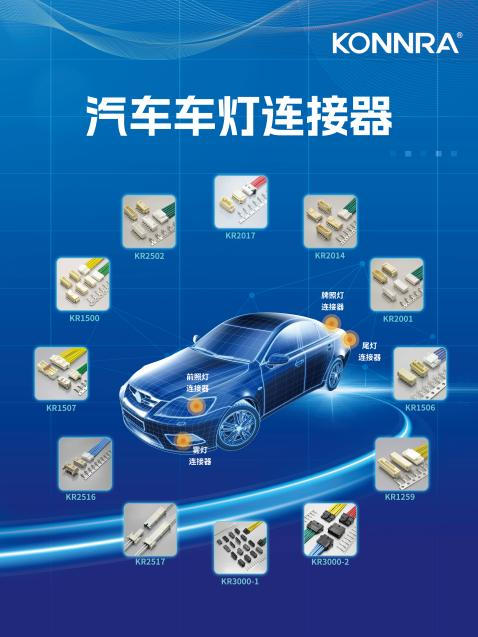
4.Board-to-board (BTB) connectors:
They are indispensable miniature coupling plugs and sockets through which the pins of these connectors can connect power and signals between printed circuit boards (PCBs). They have the fastest transmission speed among other types of connectors, up to 28 Gbps.The common primary pitches of these connectors are 0.4mm, 0.5mm, 0.635mm, 0.8mm, 1.00mm, 1.27mm, 2.0mm, 2.5mm and so on.
All board-to-board connectors work on the basic premise that the male pins match the sockets. Commonly used board-to-board connectors can be categorized into fine pitch board-to-board connectors, SMT board-to-board connectors, right-angle board-to-board connectors, and spring-loaded board-to-board connectors (aka pogopins). In addition, there are connectors used for other special needs, such as memory: DDR; PCB/PCI expansion slots; etc.
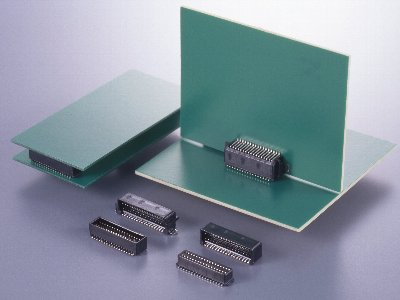
5.Card edge connectors:
Take the exemplary PCI slot on a PC. This slot is known as a card edge connector, getting its name from its location on the edge of the board. Of particular note, PCI slots are carefully designed for high signal integrity (SI) on printed circuit boards.
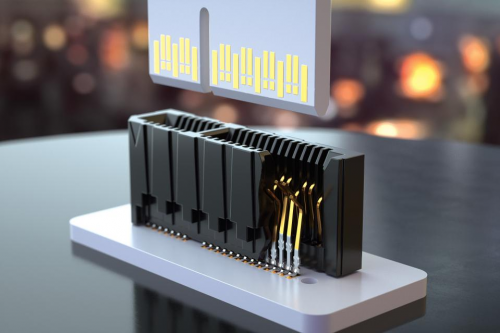
- Circular connectors:
Circular connectors, also commonly referred to as aviation plugs, are commonly used in aerospace applications due to their high through-current and good shielding capabilities.
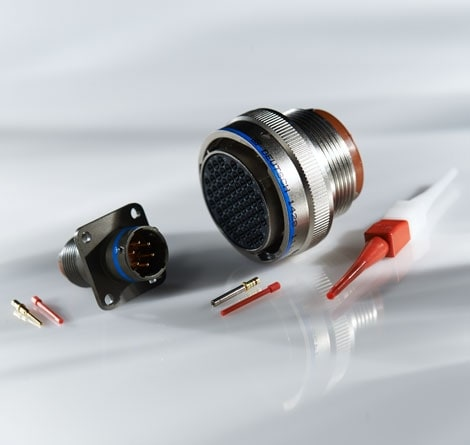
- D-sub connectors, D-sub miniature connectors:
They are ultra-compact D-shaped connectors, named after their shape.Typical applications for D-Sub interfaces are VGA (DA15 female connector), parallel ports (DB25 female connector) and COM serial ports (DE9 male connector, RS232). Their screw-in design provides high reliability. Although an old interface, they are still very common.
Different types of D-Sub connectors
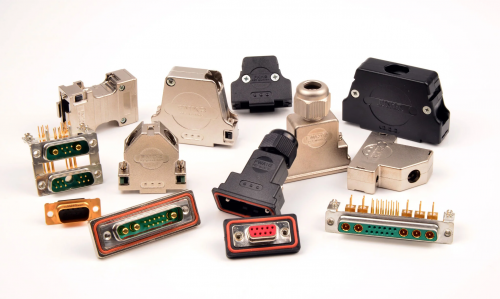
If you’ve ever taken apart a cell phone, you’ve probably come across the flat orange ribbon cable that connects the circuits.
FFC stands for flexible flat cable; FPC stands for flexible printed circuit board. There are pitch 0.3, 0.5, 0.8, 1.0, 1.25, 1.27, 2.0, 2.54mm, 4~50 pins of many specifications series connectors, such as PH strip connector, XH strip connector, 3.96 strip connector, SAN strip connector, SCN strip connector, SM strip connector and so on.
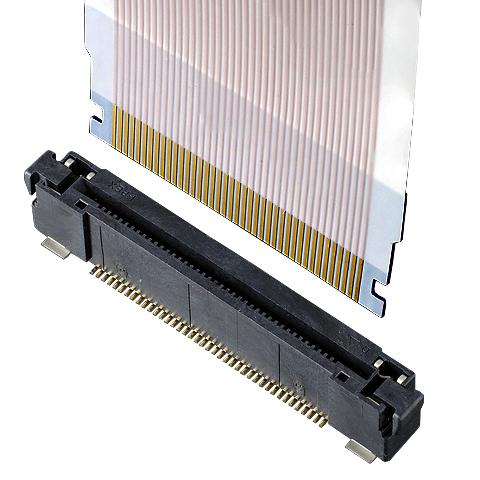
- Fiber optic connectors:
It is a device used for detachable (flexible) connection between optical fibers, which precisely connects the two end faces of optical fibers to maximize the coupling of the light energy output from the transmitting fiber to the receiving fiber and minimize the impact of its intervention in the optical link on the system.
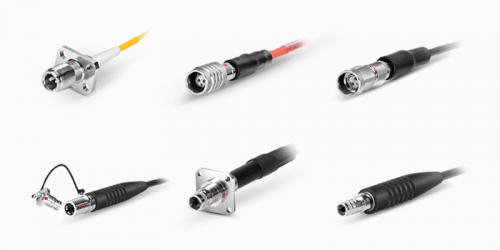
The pin headers and wire housing, most of them are arranged in rows, so they are generally called pin headers and female headers.
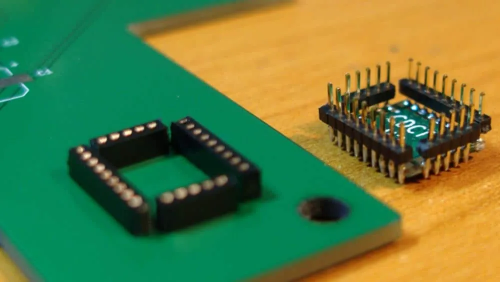
- IC and component sockets:
This includes sockets for connecting and plugging ICs, and there are 23 specifications for commonly used IC sockets, which are further divided into square-hole IC sockets and round IC sockets.
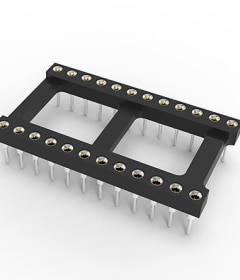
- Memory connectors:
Refers to the interface used to connect the storage device, can be categorized according to their respective purposes, mainly divided into: SATA, SAS:, SCSI, E-SATA, NGFF, VHDCI, IEEE-1394, M.2, mSATA, PCI-E and so on.
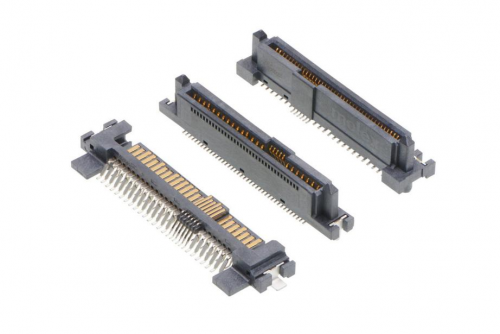
- Modular/Ethernet connectors:
Commonly known as Ethernet, it is used to connect network devices. Common Ethernet interface types are RJ-45 interface, RJ-11 interface, SC fiber optic interface, FDDI interface, AUI interface, BNC interface, Console interface.
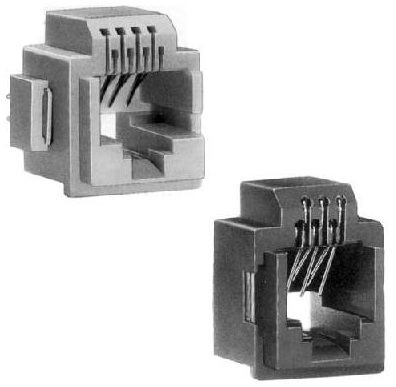
- Photovoltaic/solar connectors:
Interface for connecting multiple solar cell modules with special electrical requirements; common MC series, MC3, MC4 are quick connectors based on Multi-Contact design. y-type or one-to-many interface for connecting multiple modules.
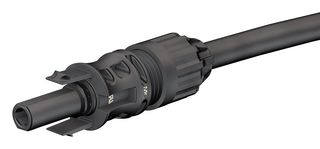
Used to connect the interface of the power supply, usually consists of plugs and sockets, categorized by function, and pin header, wire housing can not be strictly distinguished. It can be categorized according to the nature of the power supply, such as the current size, AC/DC, and appearance.
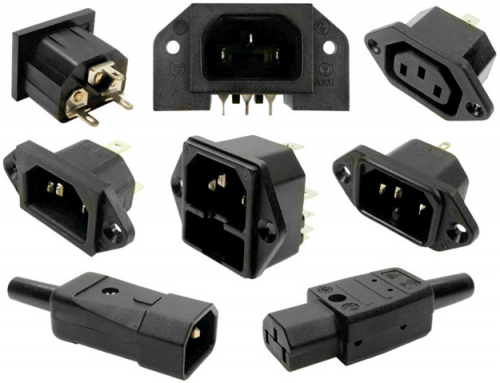
- RF coaxial connector:
A coaxial connector is a component used to connect the ends of two axes to ensure that the centerlines of the two axes are on the same axis; usually shielded wires are made by means of coaxial wires. Shielded coaxial cable can be used to transmit RF signals.
Coaxial interface can be divided into BNC, SMA, SMB, SMC, MCX, TNC, DIN type, MMCX, N-type, miniature coaxial, F-type.
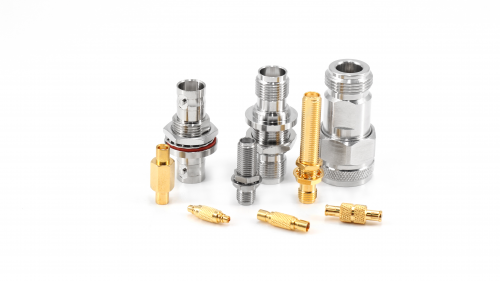
17. Terminal block:
A terminal block is a key component used for connecting wires and usually manifests itself in the form of a socket with internal threads. It serves as an interface that not only simplifies the process of connecting wires, but also enhances the stability and safety of the connection. Depending on the design and application scenarios, terminal blocks can be categorized into a variety of types, such as plugging type, fence type, track type, spring type, and through-wall type.
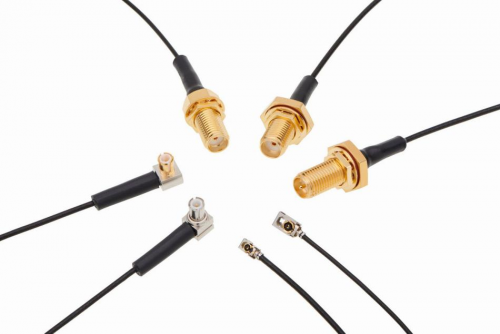
- Terminal:
Usually refers to a contact member that connects wires, usually in conjunction with a terminal block, similar to a male receptacle. Terminals are usually machined to bond to the wire.

This is the familiar and ubiquitous USB connector. This industry-standard connector is available in several different types and stacking options.

After reading this article, do you know anything about connectors? If you have a need for low voltage connectors, you may want to take a look at KONNRA Connectors. Founded in 2004, KONNRA is a dedicated supplier of high quality connector solutions to our customers. With more than twenty years of experience and expertise, the KONNRA Connectors team is able to respond quickly to your needs and provide customized solutions.
